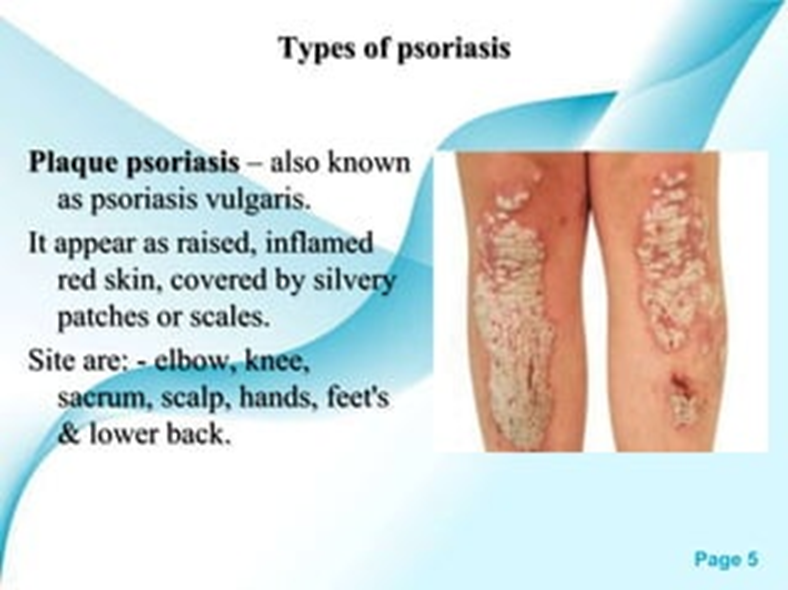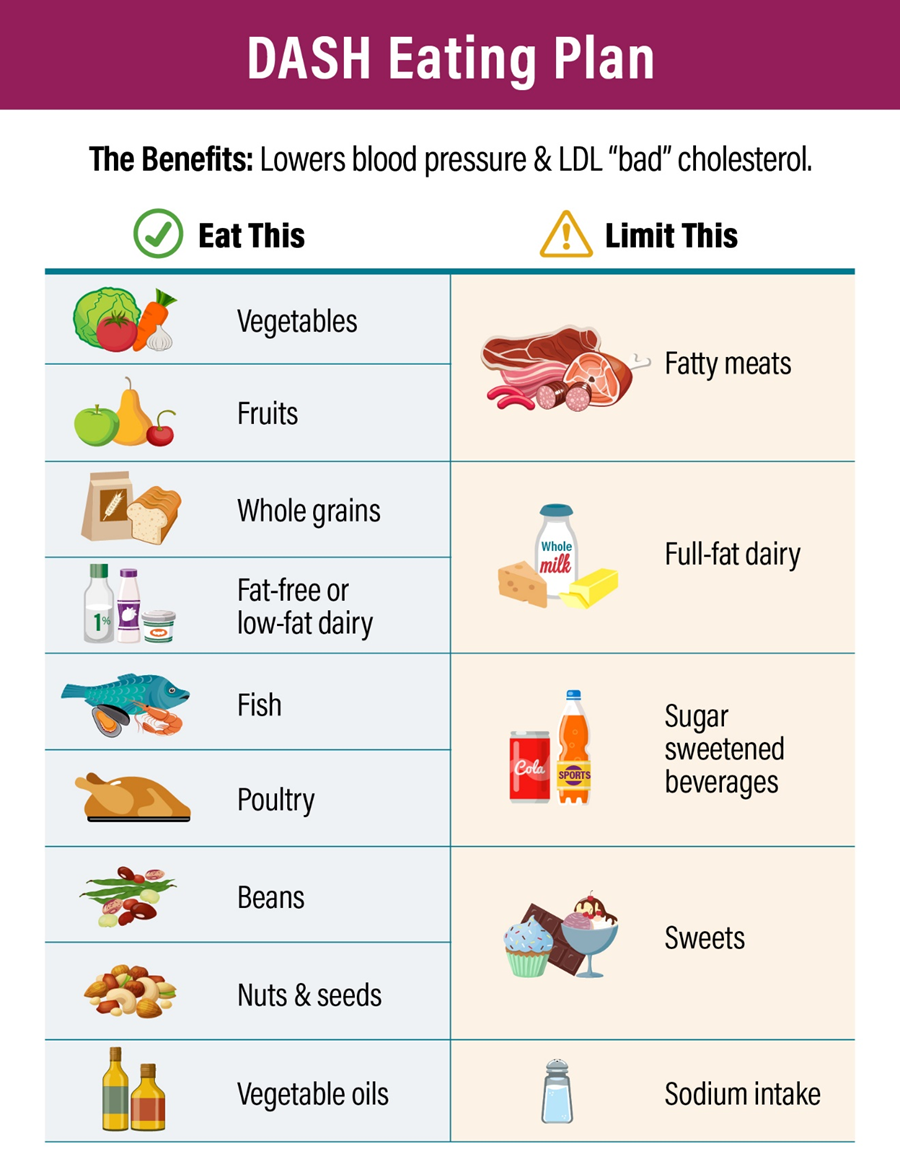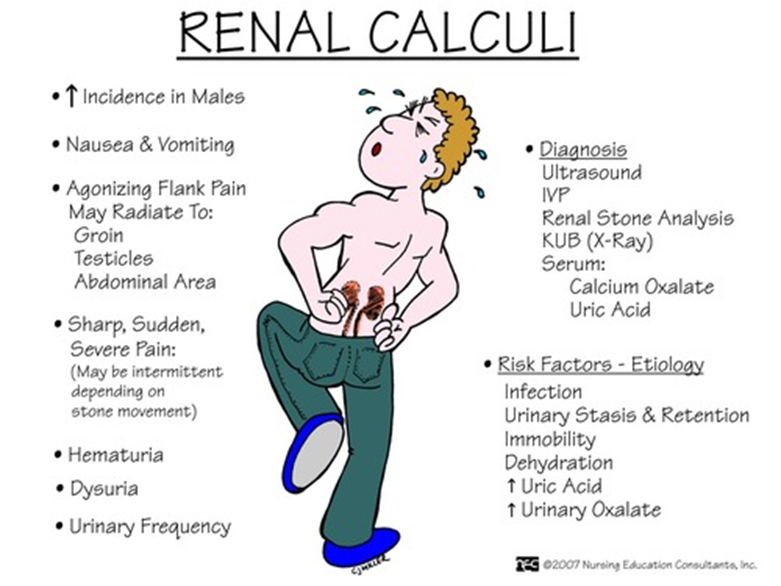The nurse is caring for a client diagnosed with psoriasis vulgaris who is receiving a psoralen and ultraviolet A light (PUVA) treatment. Which assessment finding indicates that the client has been overexposed to the treatment?
Thick skin plaques topped by silvery white scales
Tenderness upon palpation and generalized erythema
Brown, rough, greasy, wart-like papules on the face.
Requires sunglasses because sunlight hurts eyes.
The Correct Answer is D
A. Thick skin plaques topped by silvery white scales:
This is a characteristic presentation of psoriasis vulgaris, not an indicator of overexposure to PUVA.
B. Tenderness upon palpation and generalized erythema:
This may be associated with various skin conditions but is not specific to overexposure to PUVA.
C. Brown, rough, greasy, wart-like papules on the face:
This description is not consistent with the expected outcomes or side effects of PUVA treatment.
D. Requires sunglasses because sunlight hurts the eyes.
PUVA treatment involves the use of psoralen, a light-sensitizing medication, followed by exposure to ultraviolet A (UVA) light. Overexposure to PUVA can lead to phototoxic reactions, including eye sensitivity to sunlight (photophobia). If the client requires sunglasses because sunlight hurts the eyes, it suggests that the eyes have been affected by the treatment, and the nurse should intervene to prevent further damage.

Nursing Test Bank
Naxlex Comprehensive Predictor Exams
Related Questions
Correct Answer is D
Explanation
A. Carefully cleans and peels all fresh fruit and vegetables:
While cleaning and peeling fresh fruits and vegetables may contribute to food safety, it is not a specific indication of adherence to the DASH eating plan.
B. Uses only lactose-free dairy products:
The DASH eating plan encourages the consumption of low-fat or fat-free dairy products. Using lactose-free dairy products may be necessary for individuals with lactose intolerance, but it is not a specific behavior related to the DASH plan.
C. No longer includes grains in the daily diet:
The DASH eating plan includes whole grains as part of a balanced diet. Eliminating grains altogether is not consistent with the DASH plan, which encourages the consumption of whole grains.
D. Enjoys fat-free yogurt as an occasional snack food:
This is the correct answer. The DASH eating plan recommends the inclusion of low-fat or fat-free dairy products as part of a heart-healthy diet. Choosing fat-free yogurt as an occasional snack aligns with the principles of the DASH plan, which emphasizes low-fat dairy options.

Correct Answer is D
Explanation
A. Jogs more frequently than usual daily routine:
Exercise, including jogging, is generally not associated with an increased risk of renal calculi. In fact, regular physical activity can have health benefits.
B. Eats a vegetarian diet with cheese 2 to 3 times a day:
A vegetarian diet alone is not necessarily a risk factor for renal calculi. However, the inclusion of high-oxalate foods, such as certain types of cheese, may contribute to the formation of kidney stones.
C. Experiences additional stress since adopting a child:
Stress is not a direct risk factor for renal calculi. However, certain dietary and lifestyle factors play a more significant role in stone formation.
D. Drinks several bottles of carbonated water daily:
This is the correct answer. Consuming large amounts of carbonated water, especially if it is high in phosphoric acid, can contribute to the formation of kidney stones. Carbonated beverages may increase the excretion of calcium in the urine, potentially leading to stone formation.

Whether you are a student looking to ace your exams or a practicing nurse seeking to enhance your expertise , our nursing education contents will empower you with the confidence and competence to make a difference in the lives of patients and become a respected leader in the healthcare field.
Visit Naxlex, invest in your future and unlock endless possibilities with our unparalleled nursing education contents today
Report Wrong Answer on the Current Question
Do you disagree with the answer? If yes, what is your expected answer? Explain.
Kindly be descriptive with the issue you are facing.
